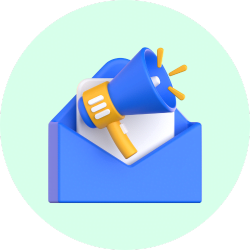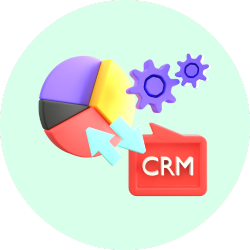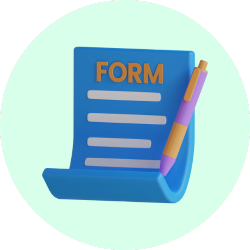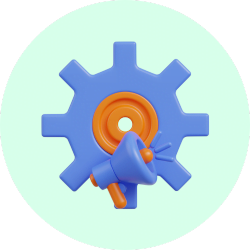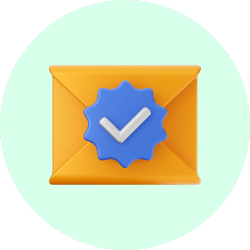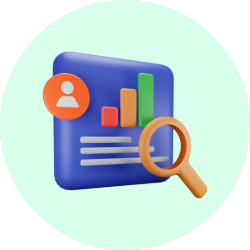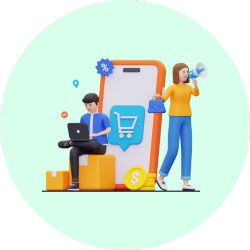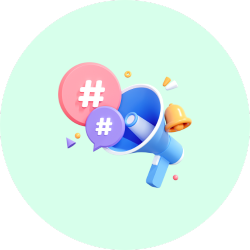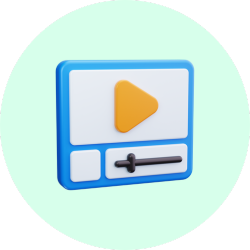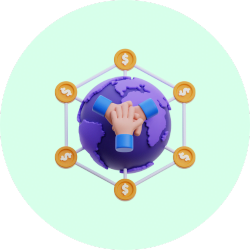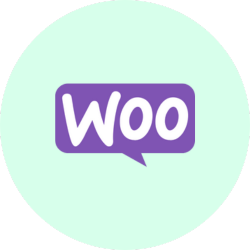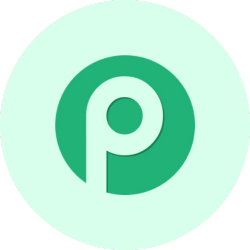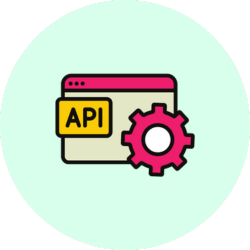Are you a winery looking for new and innovative ways to reach your customers? Are you interested in using email marketing to grow your business? Look no further—this blog post is here to help! We’ll explore the benefits of email marketing for wineries and how to get started.

As the owner or operator of a winery, you know how important it is to stay up-to-date with the latest marketing trends and find ways to communicate with wine club members and prospects. Email marketing is a great way to do just that, and it can be a great way to increase sales and build loyalty with your customers.
Email marketing can be an effective way to communicate with your customers, and when done properly, can be used to drive sales, build loyalty, and increase brand awareness. In this blog post, we’ll explore the different ways wineries can use email marketing, from setting up automated emails to crafting content that drives conversions.
Email Marketing for wineries can help promote their products and services, build relationships with customers, and boost sales. It can also be a powerful tool for wineries to reach potential customers and keep existing ones engaged. With email marketing, wineries can create campaigns that are tailored to their specific needs and target the right audience. With careful planning, wineries can use email marketing to deliver effective, personalized messages that will help them reach their goals.
How Your Winery Can Use Email Marketing
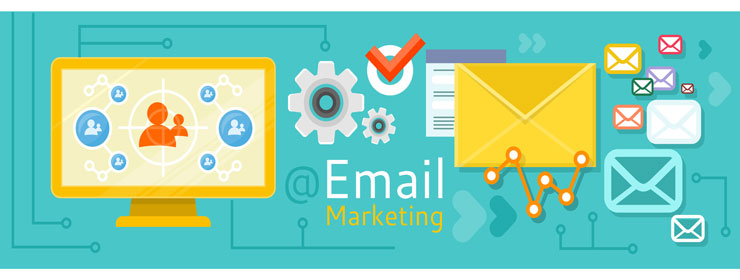
Email marketing is an essential tool for wineries looking to engage and retain their existing customers and attract new ones. It provides an easy and cost-effective way to stay in touch with club members, announce new products or special offers, and drive sales.
Wineries that have a well-crafted email marketing strategy and implement it effectively can reap the rewards of increased engagement and sales. Here are some steps that your winery can use to jumpstart your email marketing efforts:
1. Develop a strategy:
The first step in any successful email marketing campaign is to create a strategy. By creating a strong email marketing strategy, wineries can easily reach their wine club members, increase brand visibility, and drive sales. Through email marketing, wineries can create campaigns to target their wine club members and engage with them on a deeper level.
Start by defining your goals. What do you want to achieve with your emails? Do you want to increase sales, promote new products, or just stay in touch with your club members? Once you have a clear goal in mind, you can start to develop your strategy. Outline the content you will include in your emails, the frequency and timing of emails, and the type of call to action you want your readers to take.
2. Segment your list:
The wineries should create a signup form on their website, offering visitors an incentive to join their mailing list. This can be a coupon code, a free tasting, a discount on a purchase, or anything else that encourages people to become members of your wine club.
Segmenting your email list helps you to tailor your emails for different audiences, ensuring that you’re providing relevant content for each recipient. You want to make sure you are sending the right message to the right people. Wineries with a large club member or membership may choose to segment their list by purchase history, interest, or location. Doing so will help you create more targeted and relevant content that resonates with your readers.
3. Create engaging content:
Once you have a strategy and have segmented your list, it’s time to start creating engaging content. Start by writing engaging subject lines that will grab your reader’s attention and entice them to open the email. Then, include relevant content such as wine reviews, special offers, new product announcements, and events. You can also use visuals to add an extra layer of engagement.
Keep your content interesting and engaging for your readers. Use visuals and GIFs to make it more captivating, and focus on creating an emotional connection with them. Additionally, wineries can use social media to create engaging content and drive customers to their emails.
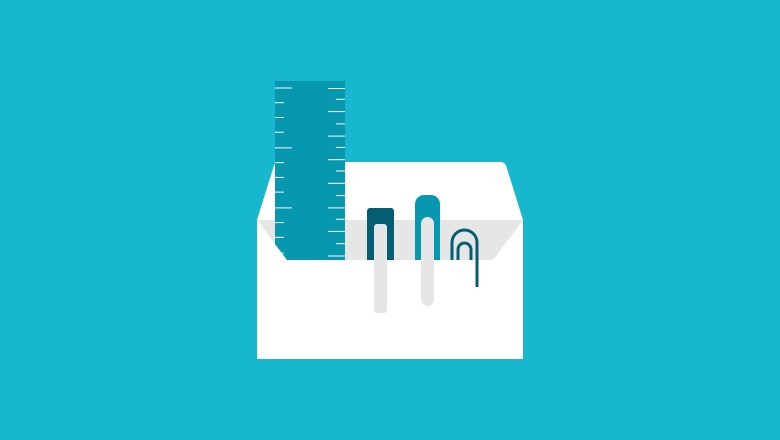
4. Use a clear call-to-action:
A call-to-action is an instruction for the recipient to take a specific action. This can be anything from signing up for a wine club membership to attending an upcoming event at the winery. By providing an easy-to-follow call-to-action, you will be able to entice your customers to take action and increase engagement.
Make sure to include a clear call-to-action in each email you send out so that readers know exactly what they should do next. It’s important to ensure that your CTA is well-crafted, as this is the main goal of your email campaign.
5. Leverage automation:
Automation can help you save time and ensure that your emails are sent out on time and with the right content. Automated emails are great for sending personalized emails on behalf of your winery at specific times. You can send out emails with special offers, upcoming events, or new releases. Automation also helps you to save time by sending out the same message to all of your contacts instead of creating the same message multiple times.
By using email automation, you can create sequences to send out emails based on predefined triggers. This eliminates the need to manually send emails and allows you to establish relationships with customers and keep them informed about the latest news from your winery. Additionally, automation can be used to welcome new subscribers to your wine club, inform them about upcoming events, abandoned cart automation, and provide discounts to loyal customers.
Automation can be done through email marketing service providers, such as SendMails.io or MailChimp. These services allow you to create automated sequences and campaigns and track the performance of your emails.
6. Track results:
Measure the performance of your emails through tracking metrics such as open rate, click-through rate, etc., so that you can understand what’s working and optimize accordingly.
By tracking results, you can see what emails are working, what types of emails are getting the most engagement, and how many conversions are resulting from your emails. By tracking the performance of your emails, you can adjust and refine your strategy to ensure that it’s optimized for success. This can help you determine which emails are the most successful and inform you of what types of content and offers to focus on in the future.
By following these steps, wineries can use email marketing to build customer loyalty and increase their sales. Email marketing is a powerful tool that can be used to engage customers and promote a winery’s products and services. With the right strategy and content, wineries can create an effective email marketing campaign that will help to build a loyal fan base.
Some of the most important email templates to use in your email marketing automation sequences
As a winery, email marketing is a powerful tool that can be used to build relationships and increase sales. With the right email templates and automated email sequences, you can drive more conversions and revenue. From welcome emails and newsletters to abandoned cart emails, some essential email templates should be part of your email marketing automation sequences.
1. Welcome Email:
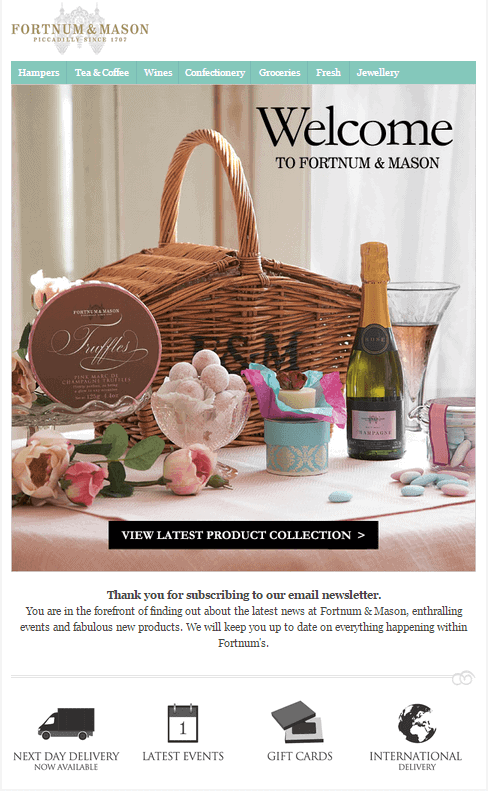
The welcome email is the first email in your automated email sequence. This email should be short and sweet, introducing the customer to your business and providing them with all the important information they need to get started. It should also contain a call to action that encourages customers to take further action.
A Welcome email is a perfect way to start your relationship with a customer. It should introduce the customer to your brand and give them an idea of what to expect from future emails. This email is sent to new subscribers and gives them an introduction to your winery and its services.
It’s an opportunity to give your new subscribers an overview of your offerings and create a lasting impression. The welcome email should include an enticing offer, such as a discount or free shipping on their first order.
2. Abandoned Cart Email:
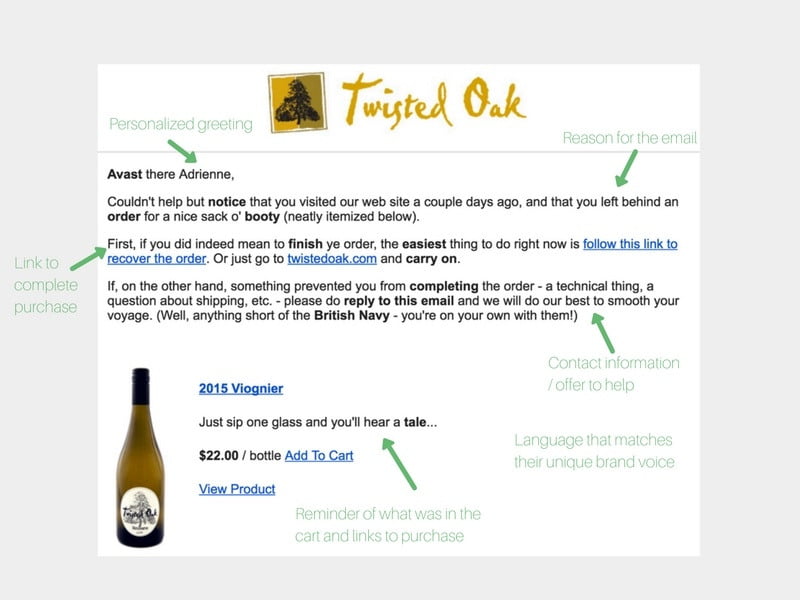
The Abundant Cart Email is a great way to increase customer engagement and encourage them to add products to their shopping cart. This email should provide a comprehensive list of product recommendations and a persuasive call to action.
An abandoned cart email is sent to customers who have added items to their shopping cart but failed to make a purchase. This email should remind them of their items and offer incentives to complete their purchase. These emails can be tailored to each customer, allowing you to create personalized messages that will resonate and encourage customers to come back and purchase from you.
3. Newsletter Emails:
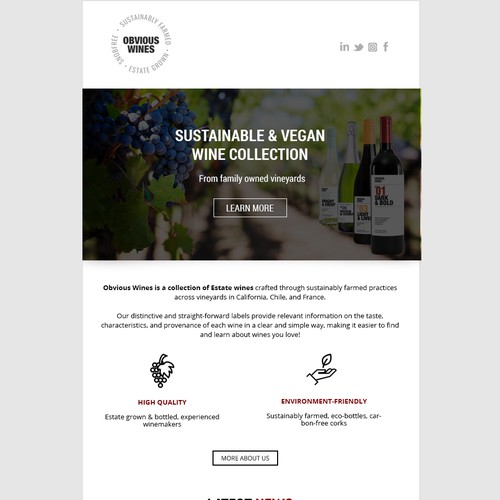
Newsletter emails are a great way to keep your customers up-to-date with the latest news and offers. They should provide engaging content, exciting visuals, and a clear call to action that encourages customers to visit your website or social media pages.
Newsletter emails can be used to inform customers about articles and videos, new products, promotions, and more. This is also a good opportunity to share any upcoming events or special offers.
4. Referral Emails:
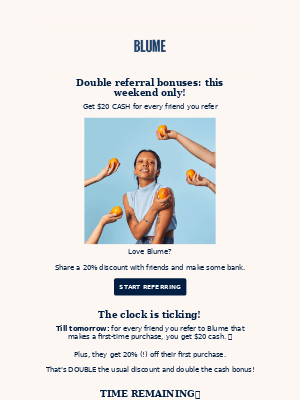
Referral emails are a great way to encourage customers to refer their friends and family to your brand. By offering incentives to your existing customers, you can encourage them to refer their friends and family to your business. Your referral emails should be personalized and engaging, outlining any rewards and benefits the customer can receive as a result of their referral.
5. Reminder Emails:
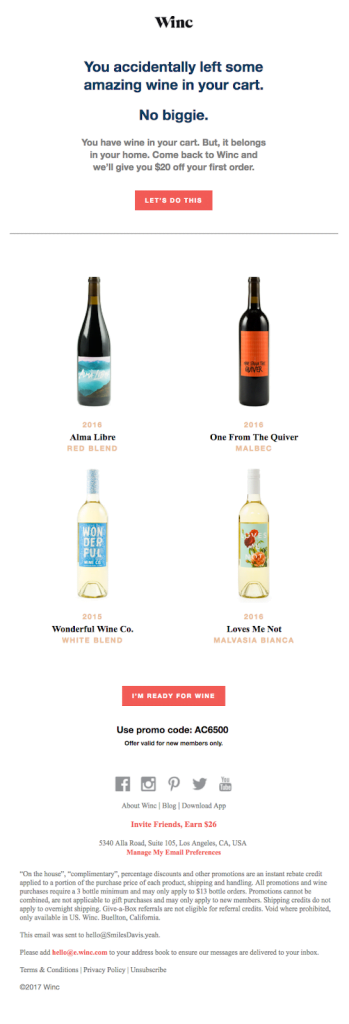
Reminder emails can be used to remind customers about upcoming events, special offers, or any other information that you want them to remember.
Use them to keep customers informed about new products, upcoming sales, and seasonal events. Reminder emails are also great for reminding customers about wine club memberships, loyalty programs, and other ongoing promotions.
6. Re-engagement Emails:
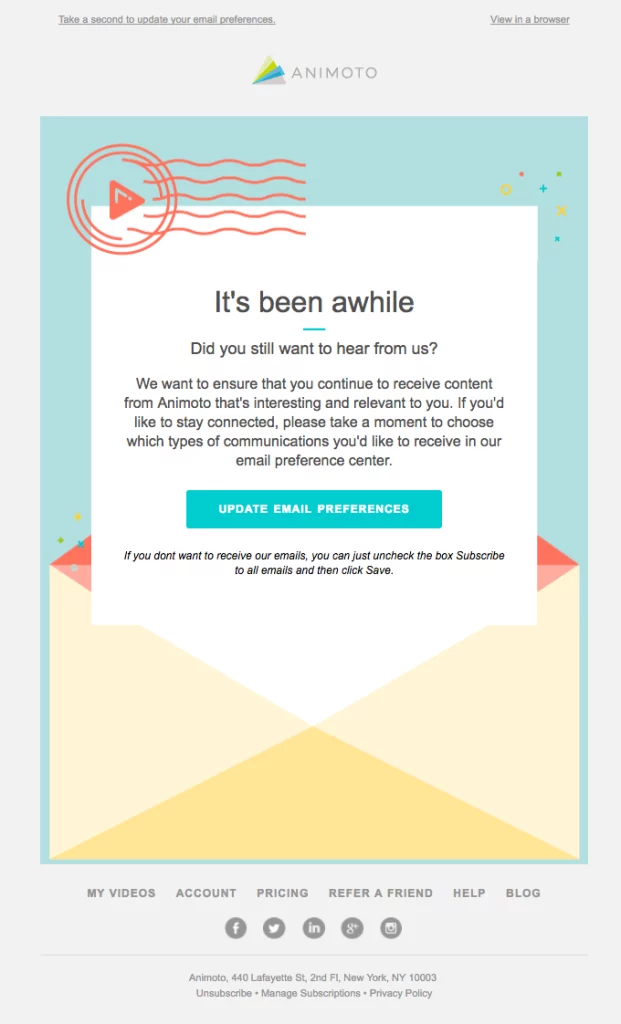
Re-engagement emails are sent to customers who have not responded or interacted with your brand for some time. These emails should offer something valuable to encourage them to come back and engage again.
Use them to follow up with customers who haven’t visited your website in a while or made a purchase recently. Use catchy subject lines, discounts, and other incentives to draw customers back into the fold. By using personalized messages, you can let them know about any new products or services, or remind them of any benefits they can receive from using your business.
When it comes to email marketing, there are many types of email templates that you can use to ensure your messages are effective. To make the most of your wine email marketing, email marketing service provider, email marketing services, email marketing program, automated text messaging marketing, and other email marketing efforts, it’s important to use the right email templates in your automation sequences. With the right templates, you can engage your customers and drive conversions.
Understand Your Audience

Creating an effective email marketing campaign for a winery starts with understanding your current customers and target audience. To do this, you need to research your audience and their demographics such as age, gender, location, interests, and more. Analyzing this data can help you segment your email list into different categories, allowing you to tailor your messages to each group.
Once you have an understanding of your target market, it’s time to create buyer personas based on that data. This will give you a better idea of what type of content to create and how to present it in a way that will resonate with your customers. Furthermore, you can use customer feedback and surveys to learn more about what they are expecting from your winery. This will help you create customized email campaigns that are tailored to the needs of each group.
No matter what type of email marketing program you use, understanding your audience is essential for your winery’s success. By leveraging the data you have gathered and using it to create customized emails, you can ensure maximum engagement and ROI from your campaigns.
Write Engaging Content
When it comes to email marketing for wineries, it’s important to start by crafting a compelling subject line that will grab the reader’s attention. You want to make sure your subject line is short and sweet but still communicates the main message of the email. Once you have your subject line down, it’s time to focus on the content of the email.
Structure your content in a logical way that makes sense to the reader. Start by introducing the main topic and use headings and subheadings to break up the text. Include images, screenshots, and GIFs to illustrate points and keep the reader engaged. As you write your content, make sure to keep your message clear and concise. Focus on one main topic or message for each email and avoid going off on tangents or adding too much fluff. You also want to include actionable calls-to-action (CTAs) to drive conversions and ensure the reader takes the desired action.
Personalization tokens are also a great way to make your emails more targeted and relevant to the recipient. Leveraging storytelling is also a great way to add an emotional element to your emails and make them more engaging.
Include Attractive Visuals & GIFs
Visuals are an essential element of any email marketing campaign. Utilizing visuals such as high-quality images, GIFs, and videos can help draw attention to your message and make it more memorable.
Using visuals, such as high-quality images, GIFs, and videos is an effective way to engage your customers and make your emails stand out from the competition. GIFs are a fun way to add movement and humor to your emails, and videos are a great way to tell your story more engagingly. Animations can also be used to draw attention to key messages or promotions you’re offering.
Make sure that the visuals you include in your emails are relevant to the message you are trying to convey and that they’re in line with your brand identity.
The Best Email Marketing Platform to Use
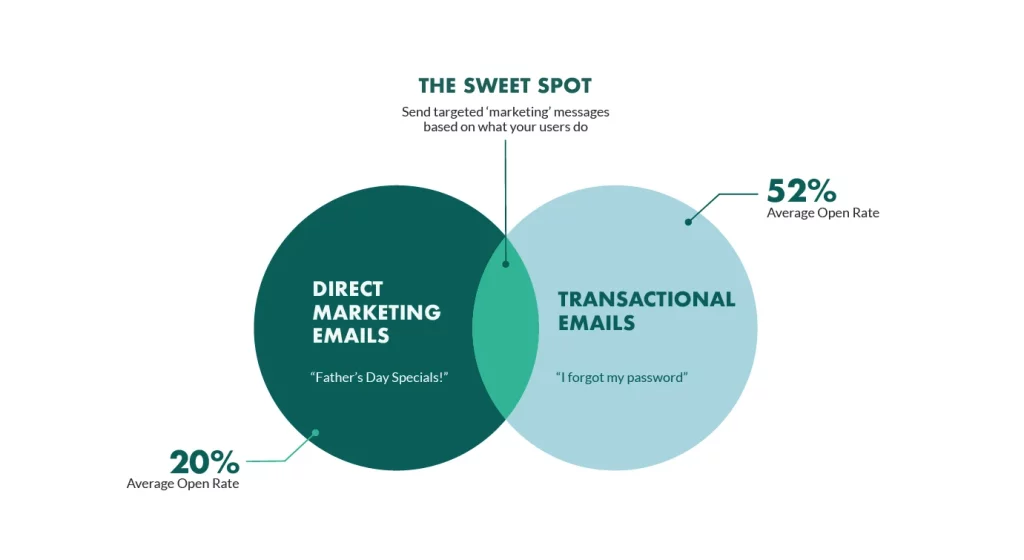
Choosing the right email marketing platform is a critical step in your winery’s success. The right platform will provide features tailored to your business needs and help you create effective campaigns that drive ROI. Here are some of the features to look for in an email marketing platform:
• Automation Tools: Automation tools allow you to create automated emails that are triggered by customer actions. This allows you to send relevant, personalized messages to customers at the right time.
• Reporting & Analytics: Reports and analytics help you track and measure the success of your campaigns. This data can be used to optimize your campaigns for better results.
• List Management: List management tools let you segment your contacts into specific lists based on their interests, behaviors, or other criteria. This enables you to target specific audiences with more relevant messages.
• Design Tools: Design tools allow you to create beautiful emails with easy-to-use templates, drag-and-drop elements, and custom HTML code. These tools make it easy to create stunning emails without needing design experience.
• Personalization Tools: Personalization tools enable you to customize your emails with customer data such as names and locations. This helps create a more personalized experience for your customers and increases engagement with your messages.
• Email Delivery Services: Email delivery services help ensure that your emails reach their intended recipients by optimizing message delivery and avoiding spam filters.
By carefully selecting the right email marketing platform, wineries can take advantage of all of these features and more, allowing them to create effective campaigns that drive ROI and customer engagement.
Understanding Automation
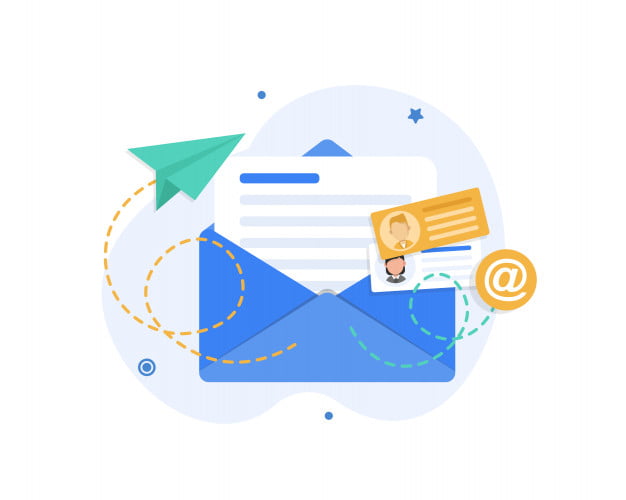
Email marketing can be a powerful tool for wineries. With the right email marketing platform, you can save time and maximize your results. Here are some tips to help you choose the right platform for your winery:
1. Make sure the platform is easy to use and intuitive.
2. Ensure that the platform offers comprehensive analytics and reporting capabilities so you can track the performance of your campaigns.
3. Ensure that the platform is compatible with all of your current email clients and devices.
4. Look for a platform that allows you to personalize emails for different segments of your audience.
5. Look for a platform that offers automation tools to create automated sequences of emails.
6. Choose a platform that allows you to easily A/B test different elements of your emails.
7. Look for a platform that offers quality customer service and support.
8. Consider the cost of the platform, as well as any additional services or features you may need. With the right email marketing platform, you can save time and maximize your results.
Establish an Email Schedule & Sequence
1. Establish an emailing schedule and stick to it: One of the most effective tactics for email marketing is consistency. If your winery is going to use email marketing, it’s important to create a strategy and a schedule that will keep you on track. Figure out which days and times are best for sending emails and stick to them.
2. Create a sequence of emails: By using an email sequence, your winery can communicate with its potential customers in a more personalized way. In a line, you can include offers, special promotions, and discounts, as well as reminders about upcoming events or products.
3. Test different strategies: Testing different strategies is key to ensuring that you’re sending the right messages at the right time. Try testing different subject lines, and sending times, offers, or visuals to find out which strategies work best for your winery’s email campaigns.
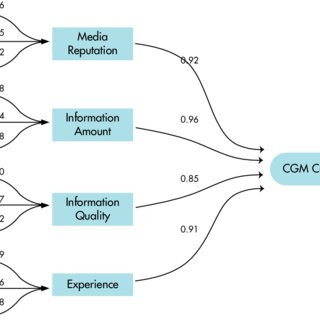
Timings and Frequency
• Establish a regular schedule for your email campaigns. Choose the best day of the week or month to send out your emails.
• Allow yourself plenty of time to plan, create content, and design a beautiful email.
• Craft compelling subject lines that will grab readers’ attention and make them want to open your emails.
• Use your brand’s colors and fonts in all of your emails to create a consistent look and feel.
• Utilize automation to ensure all emails are sent on time with the right content to each recipient.
• Segment your email list to tailor content based on customer preferences, purchase history, and location.
• Track open and click-through rates to analyze the success of each campaign.
• Test out different versions of your emails and see what resonates the most with customers.
• Leverage A/B testing to measure the effectiveness of different elements in your emails such as subject lines, images, and call-to-action buttons.
• Always keep an eye on deliverability as this will impact how many people can receive your emails.
• Avoid sending too many emails as this can be overwhelming for customers and can lead to unsubscribes or spam complaints.
Proofread and Test Your Emails
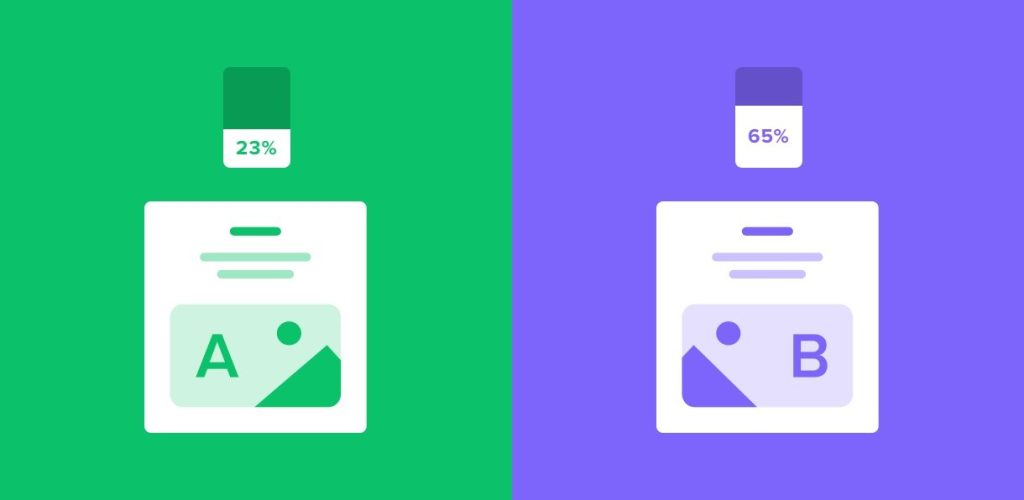
- Proofread your emails for accuracy and clarity before sending them.
- Test the links and images in your emails to ensure they are working correctly.
- Check if the email displays correctly on different devices, browsers, and email clients.
- Create a concise and attention-grabbing subject line.
- Use a spam checker to identify any potential issues that could lead to deliverability issues.
- Confirm you have permission to send the email by double-checking your list of subscribers.
Optimize for Mobile Devices
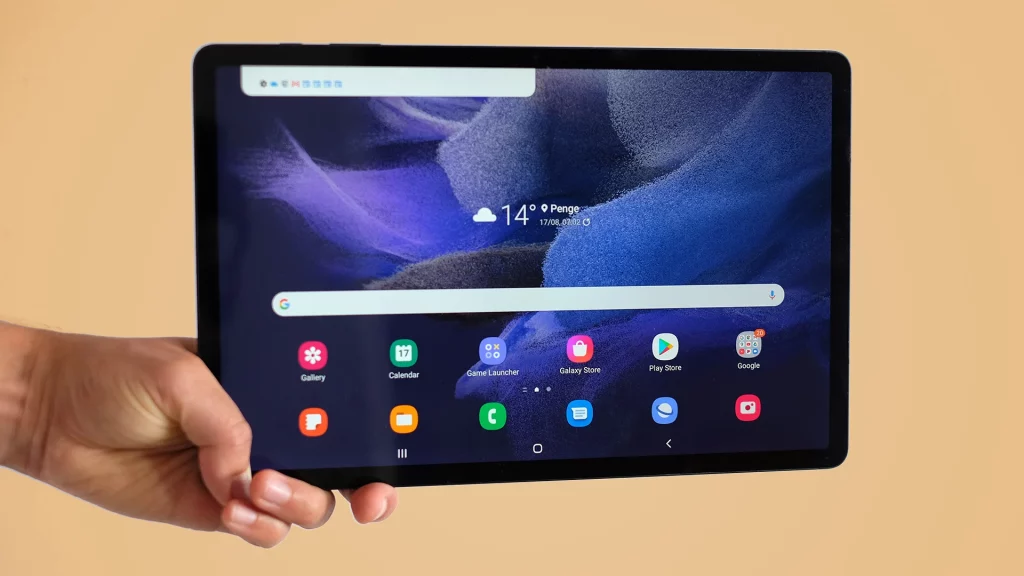
1. Mobile optimization is critical for email marketing success for wineries. Over 50% of emails are opened on mobile devices, so it’s essential to ensure your emails look great and are easy to read on all devices.
2. Make sure your emails are responsive and look great across all devices by using a responsive email template.
3. Make use of preheader text to ensure your message is conveyed to the reader, no matter what device they’re using.
4. Include a call to action button that is visible and easy to click on any device.
5. Use clear typefaces and make sure your font sizes are large enough to be legible on all devices.
6. Avoid using image-heavy emails as they are more likely to break in mobile environments, leading to a poor user experience.
7. Test, test and test again! Use testing tools like Litmus or Email on Acid to make sure your emails look good and work perfectly across all devices before you send them out.
Email Deliverability and other challenges
Email deliverability has become increasingly important for wineries when it comes to email marketing. To ensure your emails reach their intended recipients, here are some important points to consider:
• Make sure to use a reliable and secure email service provider.
• Regularly check your domain’s reputation and make sure it is not blacklisted.
• Use double opt-in to ensure that all subscribers are genuinely interested and have given consent to receive emails from you.
• Keep an eye on the ‘unsubscribe’ rate and address any issues that might be causing a high rate of unsubscribing.
• Use segmentation to target different user types and interests, which will help you maintain relevance in your emails.
• Monitor your bounce rates and address any technical issues that could be causing problems with deliverability.
• Make sure to adhere to anti-spam laws, such as CAN-SPAM in the US.
• Utilize email authentication systems, such as SPF and DKIM, to ensure anti-spam filters do not block your emails.
By making sure you have taken all the necessary steps, you can help ensure that your emails reach their intended recipients without any issues.

Conclusion: Email Marketing for wineries
Email marketing is a powerful tool for wineries to build customer relationships and increase sales. It allows wineries to create personalized messages, targets specific audiences, and track results to better understand their customers.
Wineries can benefit from automated email sequences to keep customers engaged and automate the process of sending emails. This type of automation ensures that emails are sent at the right time and frequency, making it easier to nurture leads.
When creating content for emails, wineries should focus on understanding their audience and providing relevant content such as offers and discounts. Attractive visuals and GIFs can also help capture attention and make emails stand out from the crowd.
Finally, wineries should ensure that their emails are optimized for mobile devices, have high deliverability rates, and are A/B tested to track results. This will help them make sure their emails are effective and reach the right people.

